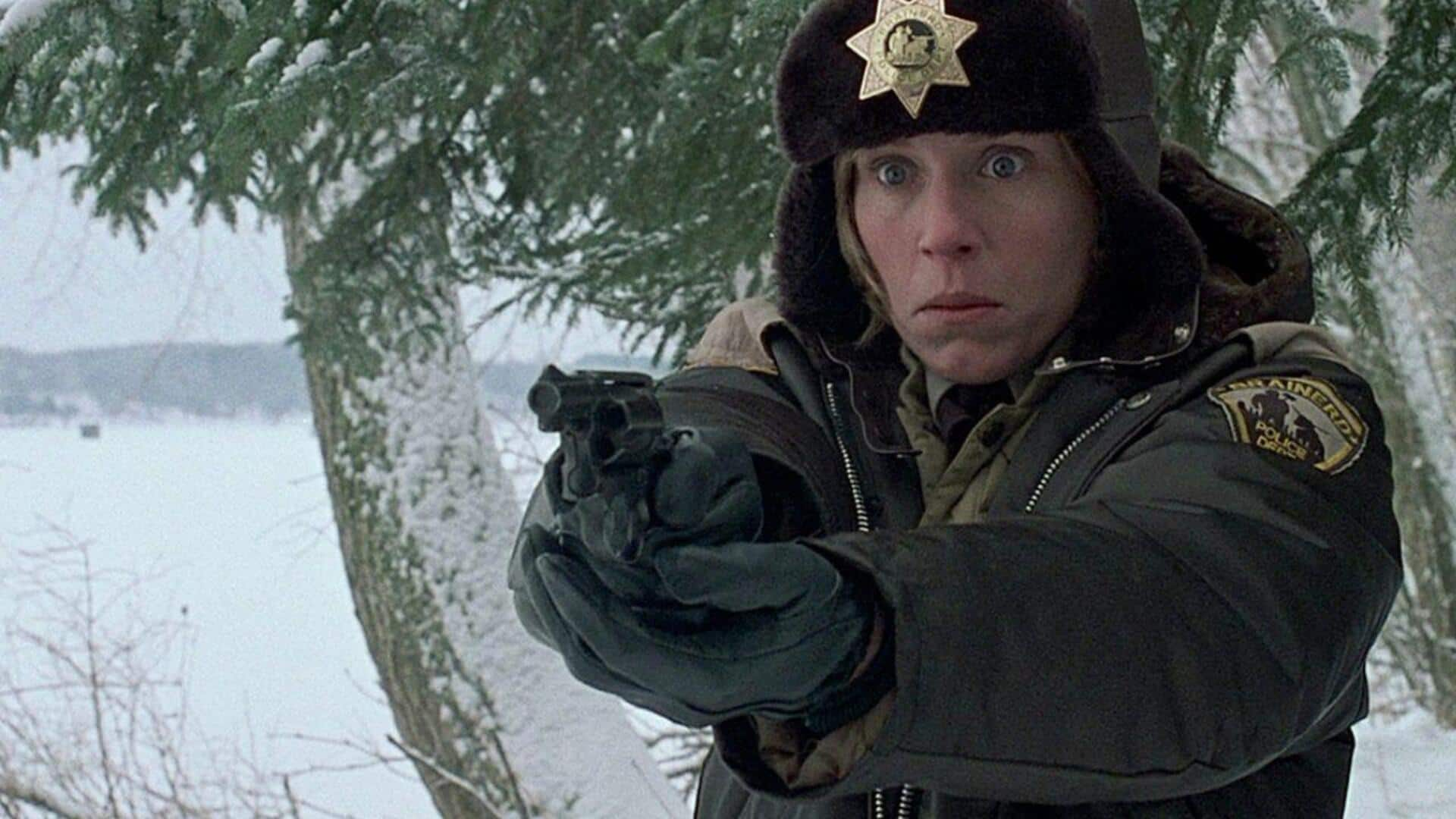
What you didn't know about 'Fargo's most iconic scenes
What's the story
The 1996 film Fargo is a gripping crime drama that has kept audiences hooked with its distinctive narrative and wry sense of humor. Directed by Joel and Ethan Coen, the film has achieved a cult-classic status over the years. While many know about its storyline and characters, here are some interesting behind-the-scenes facts that make Fargo even more irresistible. Read on.
Creative spark
The inspiration for 'Fargo'
The Coen brothers took inspiration from real-life events while writing the story for Fargo. Although the film begins with a claim that it's based on true events, it was more of a narrative device than a fact. The brothers wanted to delve into themes of crime and morality in the small-town setting, and thus, came up with this fictional yet believable tale.
Location choices
Unique filming locations
Fargo was mostly shot in Minnesota and North Dakota during one of the coldest winters ever recorded. The brutal weather lent itself to the movie's snow-covered landscapes. Although the movie is set in North Dakota, only a handful of scenes were filmed there. The majority of the movie was filmed in Brainerd and Minneapolis.
Memorable moment
The iconic wood chipper scene
One of the most memorable scenes is that of a wood chipper. It became iconic because of its shocking nature and dark humor. Surprisingly, it was inspired by an actual criminal case with similar circumstances. The Coen brothers used this scene to highlight their signature blend of violence and comedy.
Character development
Frances McDormand's transformation
Frances McDormand's role as Marge Gunderson also won her an Academy Award for Best Actress. To get into the skin of a pregnant police chief, McDormand wore padding throughout the filming to get the pregnancy right. Her commitment added a whole new dimension to her character and was instrumental in the movie's success.
Financial challenges
Budget constraints impacting creativity
With a modest budget of $7 million, Fargo had to be creatively solved by its filmmakers. The limited resources drove them to innovative techniques, like using practical effects instead of the costly CGI options available at that time. This just goes on to show how constraints sometimes drive artists towards greater creativity, rather than hindering their vision altogether.